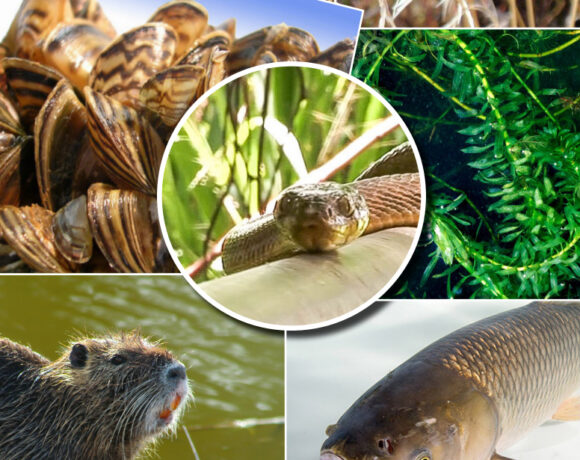The Department of the Interior (DOI) released a new Funding Guide for Invasive Species Management.

New York Invasive Species Research Institute

The costs of inaction: Global invasive species spending reveals lack of proactive management
Using the InvaCost database, this study reports the most up-to-date and exhaustive overview of global spending for invasive species management, revealing important insights into spending trends and the cost of inaction.

Building more inclusive conservation science and practice
In recognition of black history month, we are sharing an important paper that reflects on how we can construct a more equal, inclusive, and socially just conservation field.

Researcher Spotlight: Dr. Deah Lieurance
Dr. Deah Lieurance led the first all-taxa horizon scan to identify invasive species threats in the U.S. She also actively promotes diversity, equity and inclusion in scientific fields.

Sensing the need to bridge the research-practice divide for invasive species detection and monitoring
A team of researchers and practitioners tackles the disconnect between research and application in the field of remote sensing for invasive species, summarizing 40+ years of literature and experience.

An approach that TIEs together actionable research and management | Research summary
To round out the year, we’re sharing an approach that TIEs together actionable research with invasive species management and policy decisions, called Translational Invasion Ecology (TIE).

Researcher Spotlight: Dr. Andrea Dávalos
By co-producing research with land managers, Dr. Andrea Dávalos ties her research on invasive species and associated stressors with management.

Funding Opportunity: U.S. Forest Service GLRI Cooperative Weed Management Areas
Applications due Dec. 11 at 6pm ET

DEC Announces five-year partnership with NYISRI and Cornell University to Address Impacts of Invasive Species
Agreement Targets Invasive Species Research, Control, and Mitigation

Researcher Spotlight: Dr. Tim McCay
Collaborating with a new generation of ecologists, Dr. Tim McCay is researching Asian Jumping Worms– an invasive species that's spreading "right under our noses."
— NYISRI Blog —
Researcher Spotlights
We ask invasive species researchers about their work, their path, and their messages to the community at large.

Researcher Spotlight: Dr. Cliff Kraft and Dr. Pete McIntyre
This month, we interviewed Dr. Cliff Kraft and Dr. Pete McIntyre of the Adirondack Fishery Research Program who study invasive smallmouth bass in the Adirondacks

Researcher Spotlight: Dr. David Lodge
This month, we interviewed David Lodge, one of the world's leading invasive species experts with a long history of collaborations to advance science into the public policy arena.

Researcher Spotlight: Dr. Jacquelyn Gill
This month, we interviewed Dr. Jacquelyn Gill, a paleoecologist whose research from the past 20,000 years can help us road map into the future of plant management in a changing climate.

Researcher Spotlight: Dr. Julie Lockwood
This month, we interviewed Dr. Julie Lockwood, an ecologist and professor at Rutgers who investigates how invasive species impact natural ecosystems through interdisciplinary research

Researcher Spotlight: Jennifer Andreas
This month, we interviewed Jennifer Andreas, who has worked in biological control for the last 25 years, and provides integrated weed management strategies and education to land managers in Washington State.
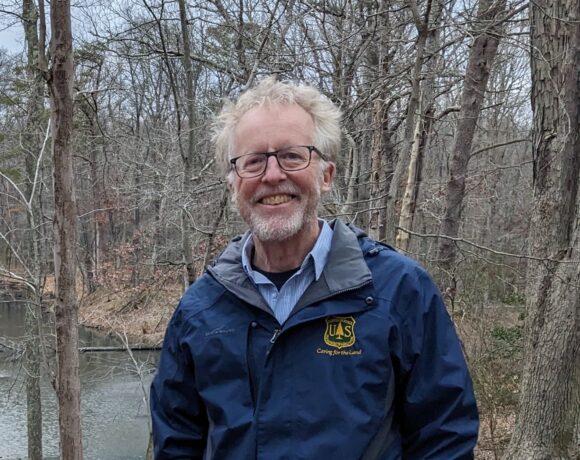
Researcher Spotlight: Dr. Andrew Liebhold
This month, we interviewed Dr. Andrew liebhold, a research entomologist with the U.S. Forest Service's Northern Research Station with over three decades of experience studying invasion ecology of major forest invasives.

Remembering Gary Lovett
We are deeply saddened by the passing of Dr. Gary Lovett, a key advisor, collaborator, and friend. His legacy will live on through his highly impactful efforts to connect science to decision makers.

Researcher Spotlight: Dr. Angela Fuller
This month, we interviewed Dr. Angela Fuller, whose work spans a variety of wildlife and conservation issues across the globe and helps guide natural resource management.
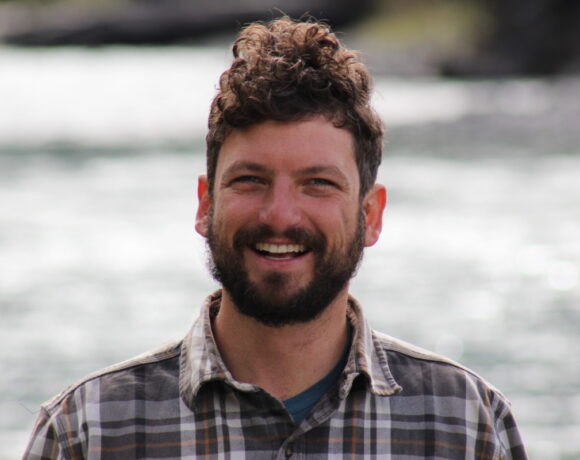
Researcher Spotlight: Dr. Steve Grodsky
This month, we interviewed Dr. Steve Grodsky at Cornell University who specializes in the emerging field of energy ecology — the study of interactions among energy development, ecosystems, and people.

Researcher Spotlight: Dr. Annette Evans
This month, we interviewed Dr. Annette Evans, a postdoctoral researcher at UMass Amherst/Northeast Climate Adaptation Science Center, whose work combines invasion ecology and climate change to inform land management by modeling abundance and distributions of invasive plants.

Researcher Spotlight: Dr. Andrew Newhouse
This month, we interviewed Dr. Andrew Newhouse, Assistant Director of the American Chestnut Research & Restoration Project for an update on the latest research and outlook on chestnut blight.

Researcher Spotlight: Dr. Scott McArt
NYISRI interviews Dr. Scott McArt who leads research on the ecology of plant-pollinator interactions in natural and managed systems, and helps advance our knowledge of pesticide risks to pollinators.
— NYISRI Blog —
Research Summaries
We summarize recent invasive species research in one paragraph with management implications.

Removing One Invasive Species Makes Room for Another
Torres et al. investigate what happens when you remove invasive plant species, and how timing of removal activities impacts plant communities.
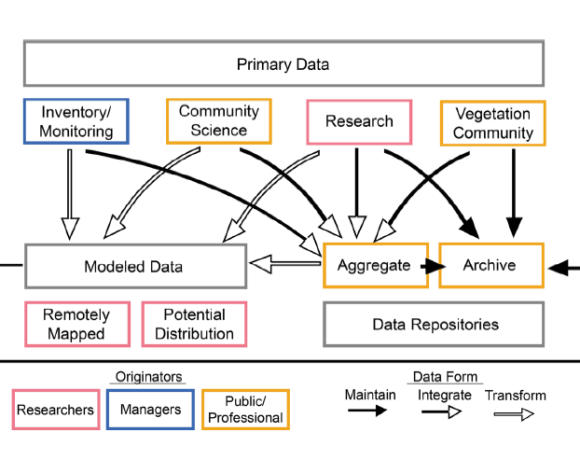
Getting to the (Data) Point
Fusco et al. (2023) summarize what spatial invasive plant data is available in the United States and how it can be used.

Embracing change in policy with a changing climate
Bradley et al. (2023) lay out ideas for better integration of invasive species and climate change policies and practices
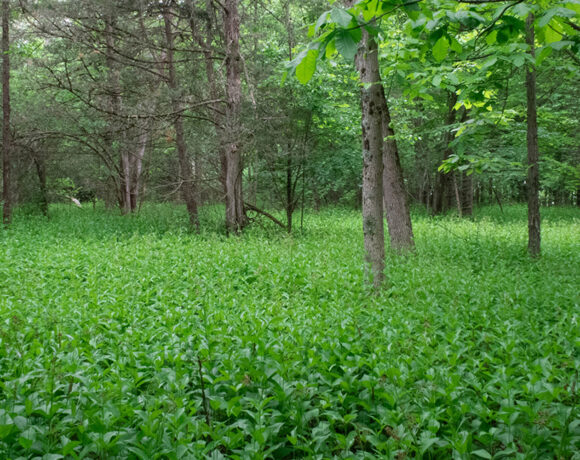
Who’s in the driver seat? Reducing stressors not invaders may advance restoration
New research questions our assumptions about invasive plants as the primary drivers of ecological degradation. Restoration success may be limited by interactions of different stressors.

Promising but atypical: New evidence on water chestnut biocontrol host choice and feeding
In addition to documenting a departure from predictions in host-specificity testing, Simmons and Blossey present new evidence on the potential impacts and safety of water chestnut biological control.

Building more equitable and inclusive practice
This article reflects on how we can reframe our thinking and work to support equitable, inclusive, and just conservation science and practice.

Time, patience, and biodiversity: a recipe for biotic resistance?
This article explores a case study of biotic resistance, where over time native species may limit the invasion of other species. A native herbivore learns to consume an invasive alga in less than a decade.
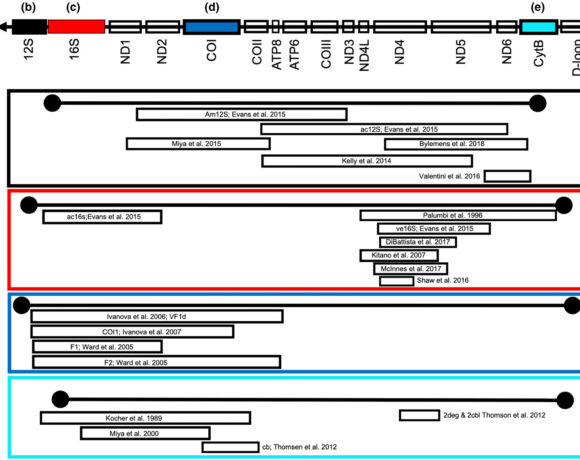
Integrating EDRR surveillance with eDNA metabarcoding
How complete are current eDNA reference libraries for the Laurentian Great Lakes region? Can we confidently integrate invasive species detection with biodiversity sampling?

Missed signals: Invasive species noise disrupts native species communication
Invasive species vocalizations may be a significant avenue for competition among species. This thought-provoking article gives a glimpse into the potential effects of invasive species disrupting a soundscape.

Peering into predictors at the spongy moth invasion front
Shifting temperature regimes can influence the suitability and spread of invasive insects, including spongy moth. How can secondary host plant connectivity support its expansion across the U.S.?

Teasing apart invasive worm impacts on native species
Can invasive worms serve as food for native species? How do they alter leaf litter microhabitat? New research offers insight into the potential effects and trophic interactions of jumping worms (Amynthas spp.) and native reptiles and amphibians.
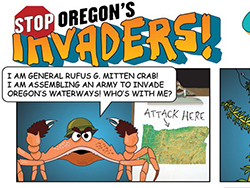
A problem of metaphors: Rethinking invasive species education
How can we better structure invasive species messaging to build environmental literacy in ethical decision-making? Process-oriented storytelling may offer a more productive approach for educational programming in the United States.

